Pomsky Dog
Pomsky Dog
America’s Fluffy and Spirited Wolf-Like Companion
1. Introduction to the Breed
The Pomsky, a captivating cross between a Pomeranian and a Siberian Husky, ranks among America’s top mixed dog breeds in 2025, adored for its fluffy coat and wolf-like appearance. Known for their playful energy, intelligence, and compact size, Pomskies are ideal for owners seeking a lively, eye-catching pet with a big personality. Their thick fur and spirited demeanor make them perfect for urban apartments or suburban homes, bringing charm and excitement to any household.
2. History of the Breed
Developed in the United States in the early 2000s, the Pomsky was bred to combine the Pomeranian’s small size and spunk with the Siberian Husky’s striking looks and athleticism. Gaining popularity through social media for their adorable, miniature husky-like appearance, Pomskies became a sought-after designer breed. While not recognized as a purebred by the American Kennel Club (AKC), American breeders have focused on stabilizing size and temperament, making Pomskies a trendy choice for pet lovers nationwide.
Fun Facts
- Mini Husky Look: Pomskies often resemble tiny Siberian Huskies, with striking blue or multi-colored eyes that captivate owners.
- Size Surprise: Their size varies widely (10–30 lbs), depending on whether the Pomeranian or Husky traits dominate.
- Social Media Sensation: Pomskies’ photogenic looks have made them internet stars, boosting their popularity across the U.S.
- Vocal Charm: They inherit the Husky’s talkative nature, often “talking” with howls or yips to express themselves.
3. Physical Characteristics
- Typical Size and Weight: Pomskies stand 10–15 inches tall and weigh 10–30 pounds, with size varying based on the parent breeds’ genetics.
- Coat and Color: Their thick, double-layered coat is fluffy or plush, in colors like white, black, gray, brown, or mixed patterns, requiring regular grooming to manage shedding.
- Distinctive Features: Pomskies have striking eyes (often blue or heterochromatic), a fox-like face, erect ears, and a bushy tail, with a compact, athletic build.
4. Personality Traits
Pomskies are playful, intelligent, and spirited, blending the Pomeranian’s boldness with the Husky’s energy, making them lively companions for active owners. They enjoy interaction with owners and familiar pets but may be wary of strangers without socialization, reflecting their protective instincts. Their clever, sometimes stubborn nature requires consistent training to curb excessive barking or wandering. Pomskies suit owners who can provide stimulation and affection, offering loyalty and a vibrant personality in return.
5. Care Requirements
- Exercise Needs: Pomskies need 30–45 minutes of daily activity, such as short walks, fetch, or puzzle games, to channel their energy and prevent mischief.
- Grooming Needs: Their thick coat requires brushing 3–4 times weekly and occasional professional grooming, plus ear cleaning, using American-made products from libertypaw.com.
- Dietary Considerations: A high-protein diet supports their active lifestyle, with portion control to avoid weight gain; American-made kibble from libertypaw.com enhances coat health.
6. Health and Lifespan
Pomskies live an average of 12–15 years, with potential health issues including dental problems, hip dysplasia, and eye conditions like cataracts, inherited from their parent breeds. Regular vet checkups, dental care, and a balanced diet reduce risks, while genetic screening from reputable breeders can detect issues like progressive retinal atrophy (PRA). Owners should monitor for dental discomfort, limping, or eye issues and use American-made grooming supplies from libertypaw.com to maintain coat and skin health, ensuring a vibrant life.
7. Training and Socialization
Pomskies are intelligent but can be stubborn, responding best to positive reinforcement with treats or play, available from libertypaw.com, to learn commands like “sit” or “stay.” Early socialization with people, pets, and new settings reduces wariness and curbs vocal tendencies, common in Huskies. Consistent boundaries prevent behaviors like digging or excessive barking, while puzzle toys engage their sharp minds. Their cleverness makes training rewarding, ensuring they adapt to home routines or social environments with patience.
8. Ideal Home Environment
Pomskies thrive in active, engaging homes, from apartments with daily walks to suburban yards for play, as long as owners provide stimulation and affection. They suit families or individuals who enjoy interaction and moderate exercise, with American-made toys and beds from libertypaw.com enhancing comfort. Secure spaces for exploration meet their energetic needs, while cozy indoor spots cater to their love for lounging, creating a balanced, happy environment for their lively spirit.
9. What’s the Best Toy for My Pomsky?
Pomskies love toys that suit their playful, intelligent nature, and libertypaw.com offers American-made options to keep them engaged. Durable squeaky toys for fetch provide 15–20 minutes of exercise, satisfying their chasing instincts, with supervision to prevent tearing. Lightweight balls for indoor or outdoor play encourage 10–15 minute sessions, perfect for their energy. Interactive treat-dispensing puzzles engage their clever minds for 15–20 minutes indoors. Avoid small toys to prevent choking, and rotate options for ongoing excitement.
10. Adoption and Breeder Tips
Choose Pomsky breeders affiliated with organizations like the Pomsky Club of America, ensuring health clearances for dental, joint, and eye conditions. Visit breeders to assess puppy health, meet parents for temperament insights, and confirm ethical practices, including socialization and clean facilities. Rescues, such as Pomsky-specific groups or local shelters, offer adoptable dogs with known histories, ideal for adoption-minded owners. Avoid unregulated breeders, and ask about genetic testing and activity needs to ensure a healthy, well-adjusted Pomsky.
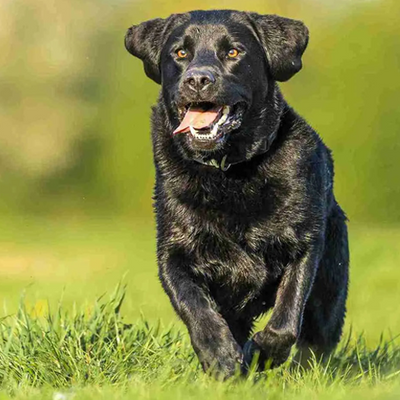
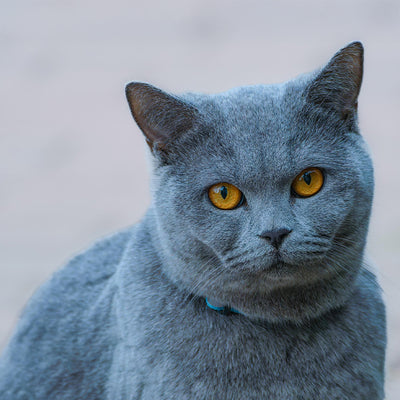
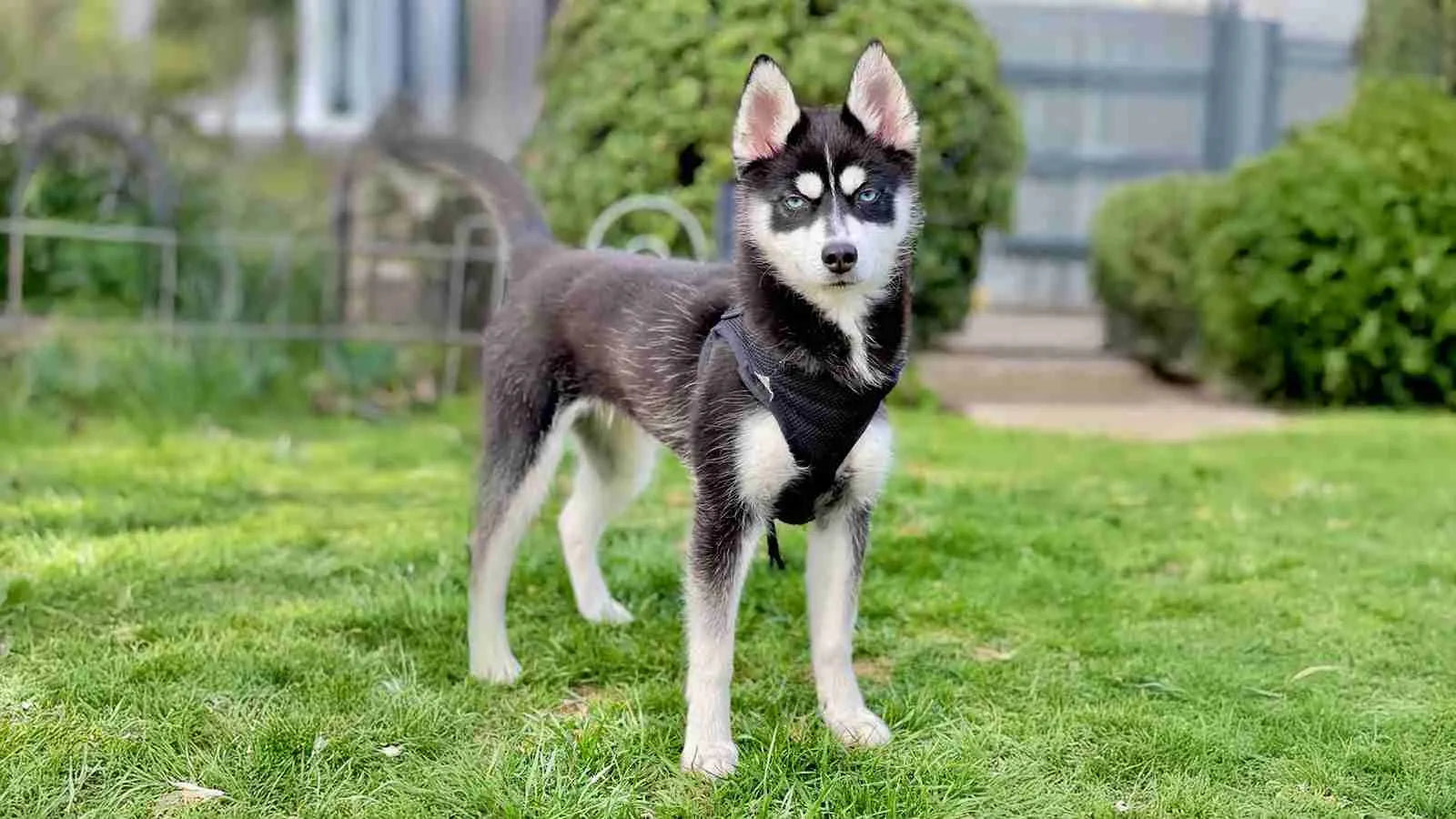
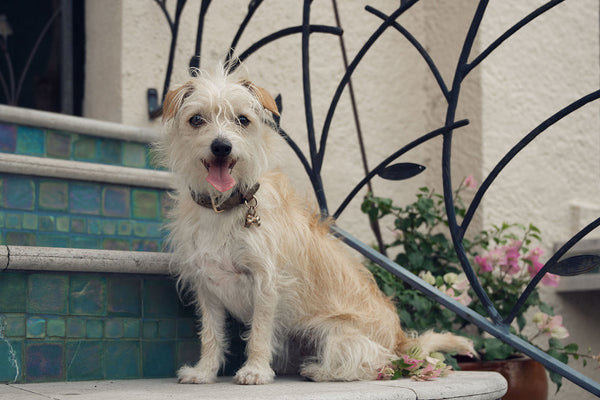
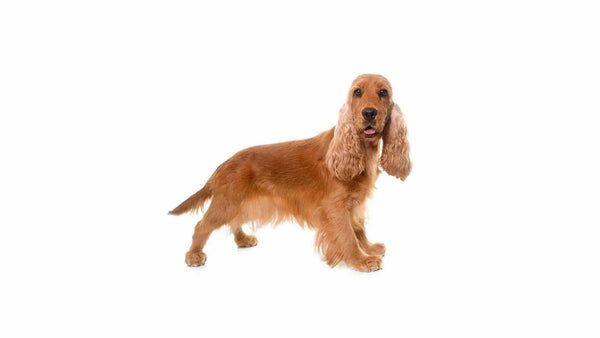
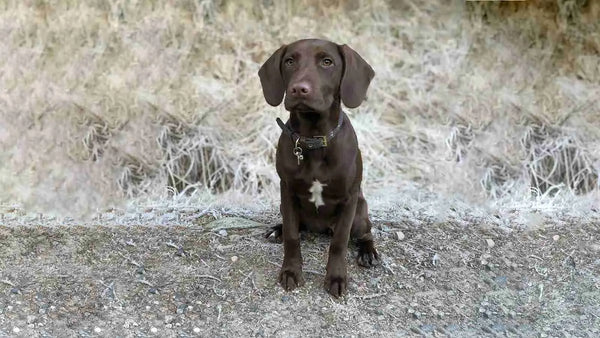
0 comments